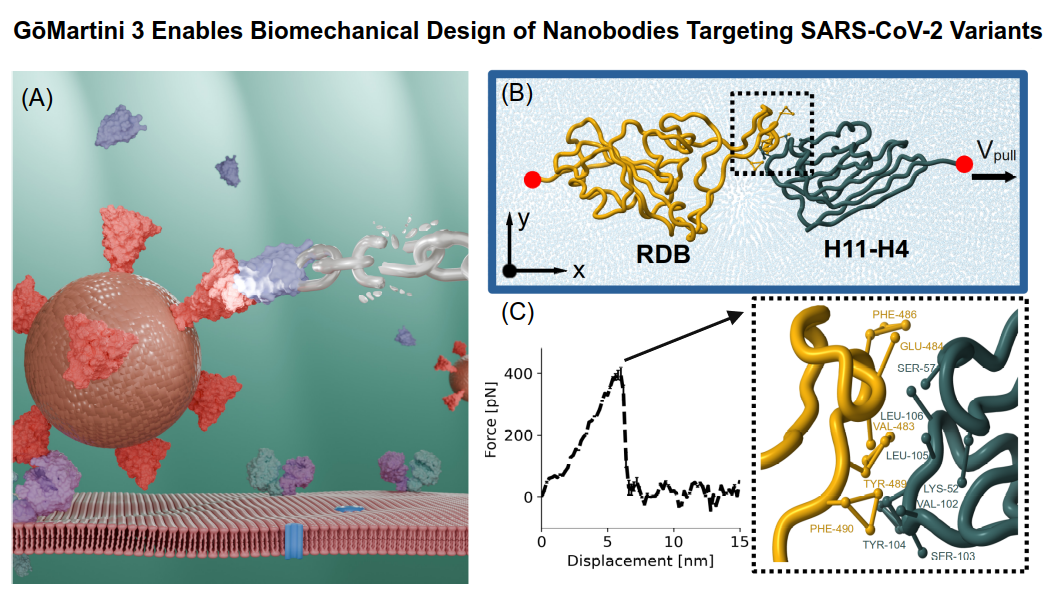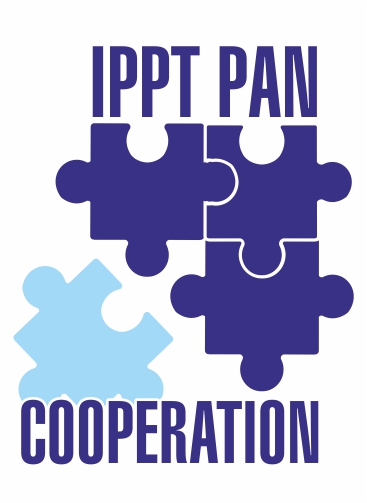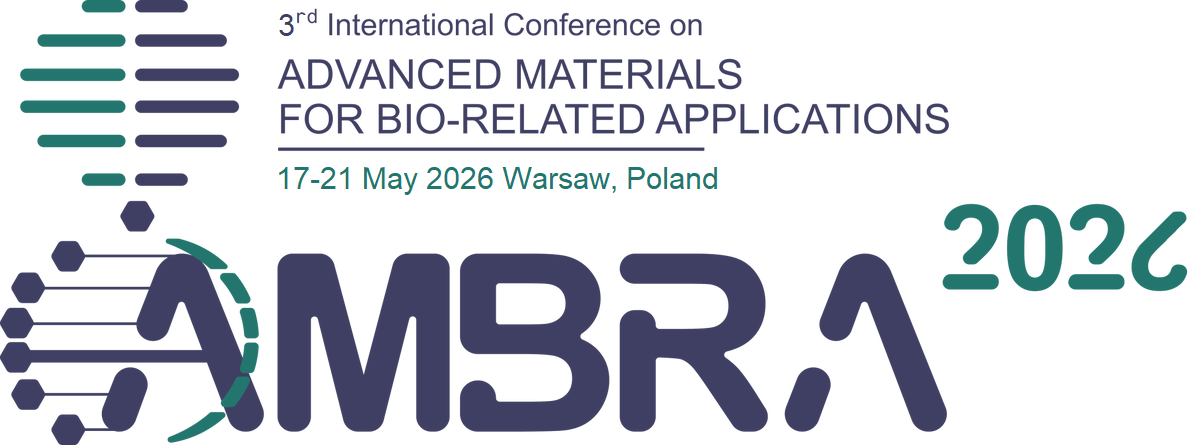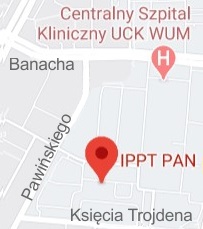
The team led by Dr. hab. Adolfo Poma Bernaola, a researcher at the Institute of Fundamental Technological Research of the Polish Academy of Sciences (IPPT-PAN), has achieved a significant milestone with the publication of his latest work in Nature Communications. The study introduces GōMartini 3, an advanced biomolecular simulation method designed to enhance our understanding of complex biological systems.
👉 Souza, P. C. T., Poma, B. A., & Thallmair, S. GōMartini 3: From large conformational changes in proteins to environmental bias corrections.Nat Commun 16, 4051 (2025). https://doi.org/10.1038/s41467-025-58719-0
This work represents more than seven years of development, says Dr. Poma. I started designing the original GōMartini approach with the vision of creating a flexible and efficient method for studying biomolecules at large scales. Now, with GōMartini 3, we have taken a major step forward in realizing that vision.
Redefining Biomolecular Simulations
The newly developed GōMartini 3 method builds upon Dr. Poma’s original GōMartini approach, first introduced in 2017. This computational model refines the widely used Martini 3 Force Field, enabling researchers to study biological processes with unprecedented accuracy. With improved capabilities for simulating protein-membrane interactions, protein assembly mechanics, and intrinsically disordered proteins, GōMartini 3 opens new doors for research in areas such as cancer biology, neurodegenerative diseases, and molecular biotechnology.
The ability to simulate complex biological systems at larger time and length scales is crucial, explains Dr. Poma. We can now model processes that were previously impossible to capture with conventional simulation techniques. This means we are getting closer to bridging the gap between computational biology and real-world molecular behavior.
A Competitive Edge in Computational Biology
In the rapidly evolving field of biomolecular modeling, multiple approaches, such as SIRAH, UNRES, and SPICA, have gained recognition. However, Dr. Poma believes that GōMartini 3 stands out due to its combination of flexibility and accuracy.
One of the strengths of GōMartini 3 is its versatility," he notes. "Unlike many other models, it is not limited to a specific type of biomolecule. It allows us to study proteins, lipids, and nucleic acids simultaneously, making it a powerful tool for many different areas of research.
The Martini 3 community, known for its rigorous validation and extensive collaboration, has played a key role in advancing biomolecular simulations. Notably, Martini 3 was instrumental in achieving the first whole-cell simulations, an achievement that brings researchers closer to replicating cellular environments with remarkable accuracy.
The Martini 3 community is unique because of its openness and collaborative nature, Dr. Poma emphasizes. "Ideas are constantly tested, refined, and improved by experts from different disciplines. This ensures that every new development is robust and scientifically sound.
International Collaboration at the Heart of Innovation
The development of GōMartini 3 was made possible through extensive international collaboration, involving researchers from Poland, France, the Netherlands, Germany, Spain, Brazil, Portugal, Chile, and South Korea. The project was led by some of the top scientists in the Martini 3 initiative, including Dr. Paulo C.T. Souza, Dr. Sebastian Thallmair, and Prof. Siewert J. Marrink.
"Science has no borders," says Dr. Poma. This research is a testament to what can be achieved when scientists from different backgrounds and countries come together to solve complex challenges. The synergy between experimentalists and computational researchers has been crucial in making GōMartini 3 a reality.
With its ability to capture molecular behavior with remarkable precision, GōMartini 3 is set to redefine the field of biomolecular simulations, offering new insights into some of the most pressing biomedical challenges of our time.
I am excited to see how the scientific community will use this method, concludes Dr. Poma. Our goal was to create a tool that not only advances research but also inspires new ideas and discoveries in molecular biology and biophysics.

Figure 1: (A) Schematic illustration of a SARS-CoV-2 engaging a mechanostable and high-affinity nanobody (design by Mgr. Gustavo Olivos Ramirez). (B) GōMartini 3 simulation of the protein components involved in the interaction. (C) Force-displacement profile depicting the mechanical detachment of the potent nanobody, with an arrow indicating amino acid regions contributing to mechanical stability.















